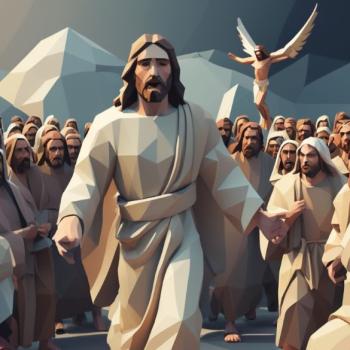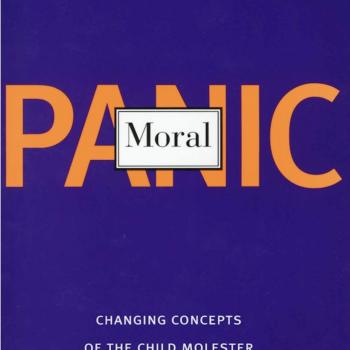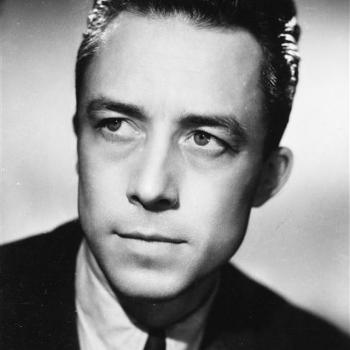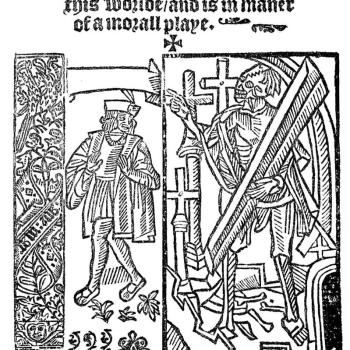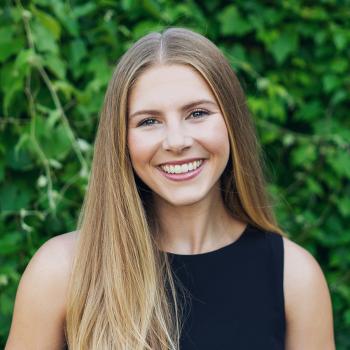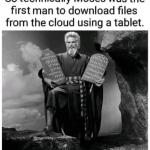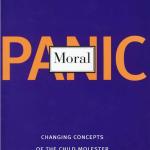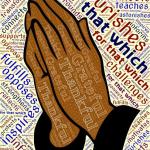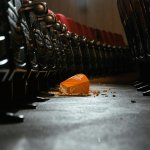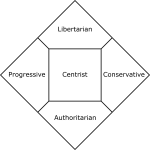
On his pilgrimage to Rome in 1263 Peter, a priest from Bohemia, stopped in the ancient Etruscan-Roman city of Bolsena. He celebrated Mass at the lakeside church of Santa Cristina. Peter had been doubting transubstantiation, doubting the reality of Christ’s presence in Eucharist: was He really there, given as food for sinners, in the bread and wine? Elevating the host, Peter felt it change, becoming flesh, dripping—blood!—on to the altar cloth.
His faith changed, Peter reported the miracle to the Pope Urban IV, then resident in nearby Orvieto. Orvieto raised its spectacular duomo (cathedral) in celebration of the miracle, placing the stained altar cloth in a special chapel. The Pope commissioned St. Thomas Aquinas, also temporarily resident in Orvieto, to write a liturgy of celebration for Corpus Domini (Corpus Christi), the feast of the body of Christ.
The feast is celebrated in May, here in Orvieto still with great civic display and procession, honoring the presence of Christ in the Eucharist. But the feast of the body of Christ is also appropriate to note now, in Advent, when we look toward the Incarnation, the word taking on flesh. The Bolsena miracle can carry several meanings, denominational lenses adjusting Christians’ perception of it. But at least one concern of this pilgrim priest—how can I know God is with us?—resonates with us now, in the season anticipating Emmanuael.
Teaching currently at Gordon College’s program in Orvieto, I accompanied twenty students last week on a three-day pilgrimage, led by fellow teacher Marie-Dominique Miserez. (In the spirit of Tommy Kidd’s recent Anxious Bench post, I add that my now-homeschooled 11-year-old daughter accompanied us the whole way.) We went out through the duomo’s Holy Door, opened for the 750th anniversary of the miracle, and walked over hill and valley, past olive groves and wooded streams, to Bolsena. We sang spirituals and hymns in the church of Santa Cristina. We were walking on the Via Francigena, an old and well-trodden pilgrim path to Rome. We continued to Montefiascone, another Italian hilltown with beautiful domed cathedral visible from miles away, and spent the night in a Benedictine monastery in the section reserved for pilgrims. The sisters there shared warm hospitality and prayers with us, even allowing us time to learn about writing icons with a sister there who does that work. Fortified in body and spirit, we continued on, sometimes walking on Roman road, to Viterbo, for a time a papal seat.
Back in Orvieto, we consider our pilgrimage. It seems fitting for Advent to have done a devotion in the body, recognizing its capacity and frailty, its ability to appreciate sights, smells, cold, light in the world God created. We followed a path, we look for wisdom, we wait in hope. As a verse of the Advent hymn draws us to pray:
O come, Thou Wisdom, from on high,
and order all things far and nigh;
to us the path of knowledge show,
and teach us in her ways to go






